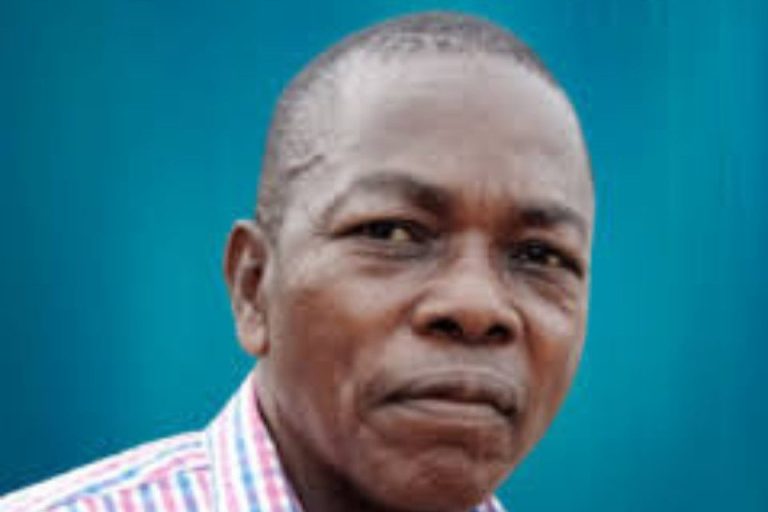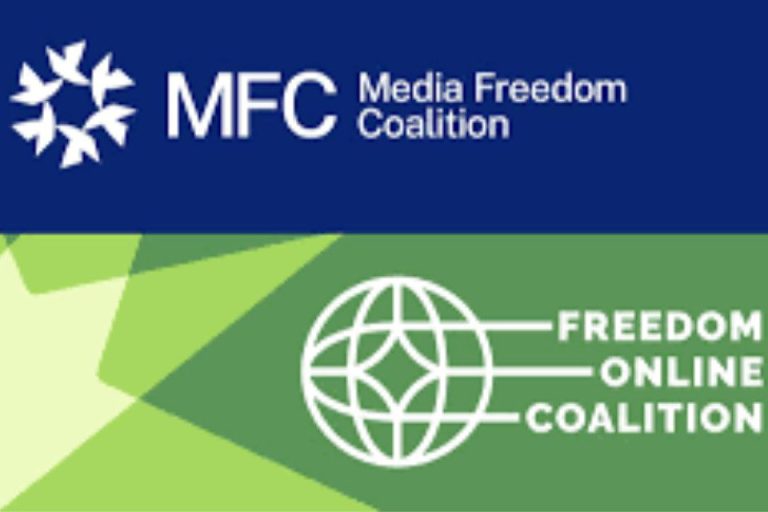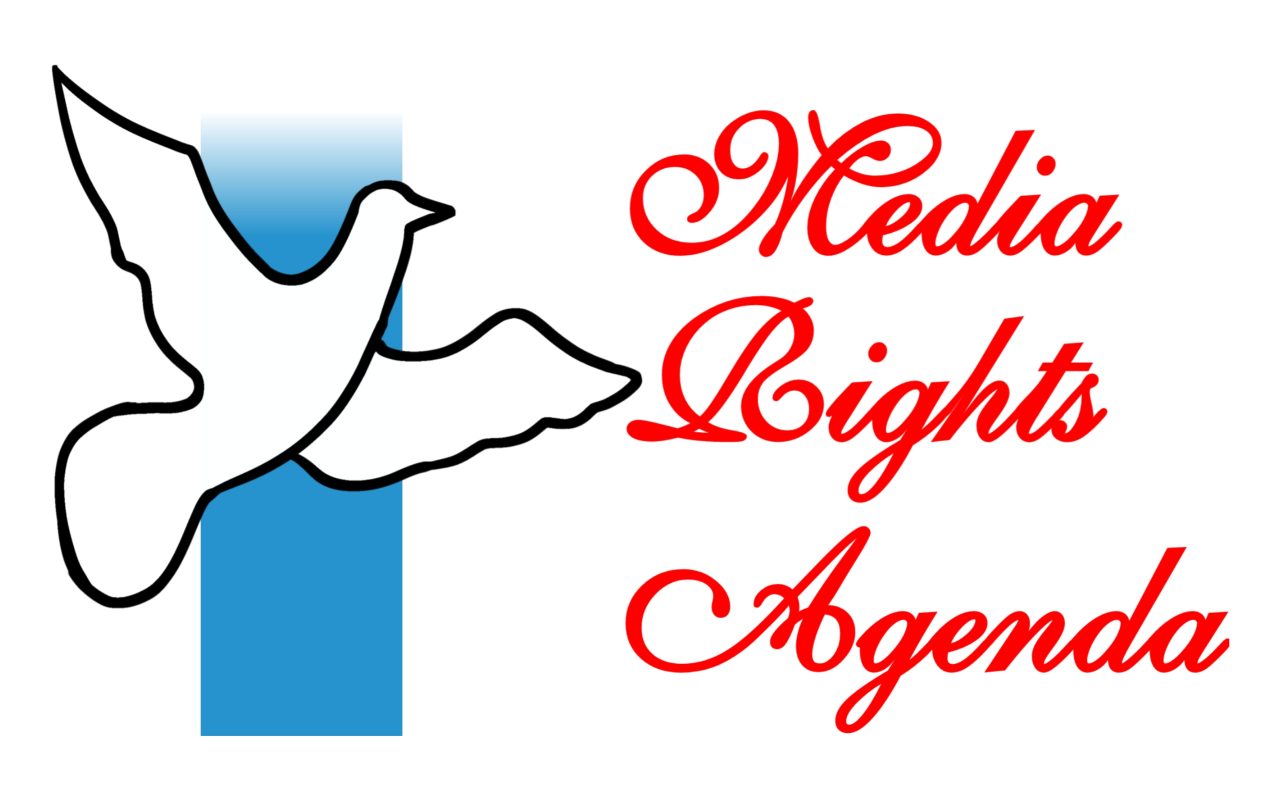The growing interest in the issue of violence against women writers was reflected in the attention that the topic received at the United Nations Commission on the Status of Women(CSW) at the ‘Safety of Women Journalists’ side event sponsored by United Nations Educational, Scientific and Cultural Organization United Nations Educational, Scientific and Cultural Organization (UNESCO) on March 6, 2013.

The panel which included the UNESCO’s Director General Irina Bokova, the Costa Rican and Austrian Ambassadors to the UN, CBS’s correspondent Pamela Falk and Women’s Media Center’s Lauren Wolfe, discussed the specific risks faced by women journalists, with a focus on the safety of women journalists and media coverage of violence and trauma.
The speakers noted that there has been a rise of at least 33% in the reporting of violence against women journalists noting that women have been subjected to killings, kidnappings, imprisonment, open violence, harassment, blockades of communications and attacks on data. They added that women journalists are often intimidated and harassed in newsrooms where there is a male-dominated atmosphere.
They observed that the main perpetrators of violence against women journalists are believed to be both State and non-State actors including armed groups, drug-traffickers, human-traffickers and fundamentalists.
They added that women journalists are also often harassed by perpetrators of domestic violence to prevent them from reporting on the issue.
According to Lauren Wolfe, at the time of the vicious sexual assault of CBS reporter, Lara Logan, in Egypt’s Tahrir Square in 2011, there was very little information on sexualised violence against journalists.

In the years that have followed, there has been an increase in reporting on this issue as women journalists have begun to speak out.
From preliminary reports on the issue it therefore appears that there are three main types of violence against women journalists: rape as intentional targeting, rape as mob violence and sexual violence as a tool of control in detention. Reporting these incidences of violence remains a huge obstacle to improving the safety of women journalists.
In many parts of the world women journalists stand to lose their jobs, homes and husbands if they report that they have been the victim of sexual violence.
In newsrooms, incidents of violence are not reported by women journalists because they fear being considered too vulnerable, too weak to do investigative work in the field, and the repercussions of reporting incidents.
The issue of violence against women journalists in Egypt emerged again at a parallel event on hazards facing female journalists ‘Media as Strategic Partners in addressing violence against women and girls’. Here Abeer Saady, vice-chair of the Journalists Syndicate of Egypt, noted that the level of violence against women protesters and journalists in Tahrir Square has been unprecedented.
She went on to say that while initially women in Egypt were loath to speak out, facing the surge in violence, they have begun to overcome stigma and recount painful testimonies.
These women are insisting they will not be intimidated by a campaign aimed at preventing them from partaking in the public and political events shaping the country. Quoting these women, Abeer stated, ‘We are not victims, we are revolutionaries. What happened to us has made us stronger and we will continue’ to take to the streets. “
At both events, experts on the issue of violence against women journalists noted that there are key steps to be taken to address the issue, they listed some as follows:
- Breaking the silence and reporting violence against women journalists is key to transforming social understanding of violence against women journalists and in developing responses. Social media is an exceptional tool to increase awareness of the issue and Twitter, in particular, has been the strongest social media source on women’s issues.
- Training women journalists on gender-specific safety issues is essential.
- Long-term education on eliminating and preventing violence against women at all levels of society including for men and boys and women and girls.
- Ending impunity for perpetrators of violence against women journalists by encoding it in laws and implementing laws which fairly punish perpetrators of violence against women journalists.





